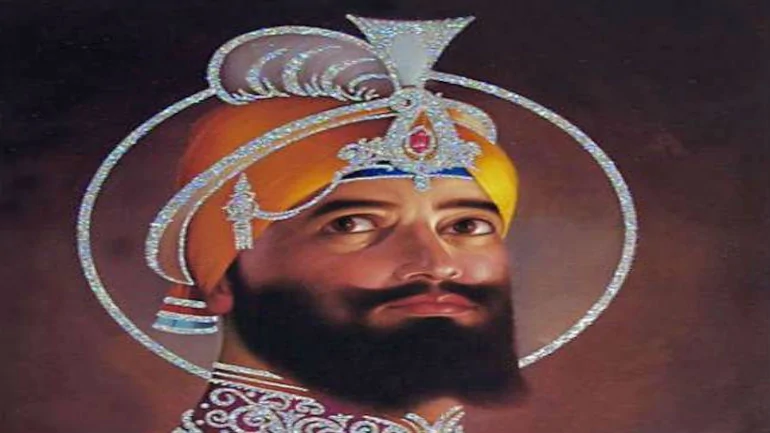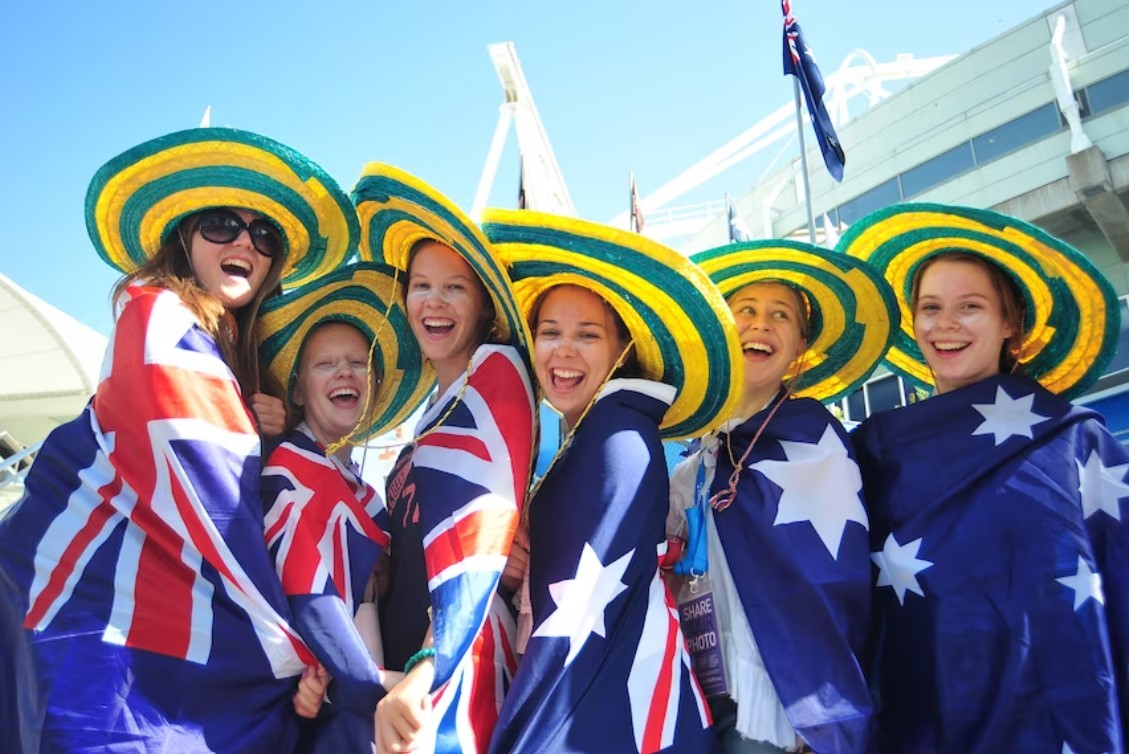Guru Gobind Singh Jayanti Day 2021: Date, History, Celebrations and Interesting Facts
 |
| Photo: Times of India |
What is Guru Gobind Singh Jayanti?
Guru Gobind Singh Jayanti is a festival celebrated by Sikhs across the world. The day marks the birthday of the tenth Guru of the Sikhs, Guru Gobind Singh Ji, who was also one of the most celebrated Sikh gurus. Guru Gobind Singh was a spiritual master, warrior, philosopher, and poet. Due to his huge contribution to Sikhism, he is considered as the eternal guru by many of his followers, according to the Times of India.
On this auspicious day, Sikhs remember their great guru by praying for their near and dear one's prosperity and listening to Gobind Singh's poetry. Like most festivals, special delicacies are also prepared on this day.
In 2021, Guru Gobind Singh Jayanti will be celebrated on January 20.
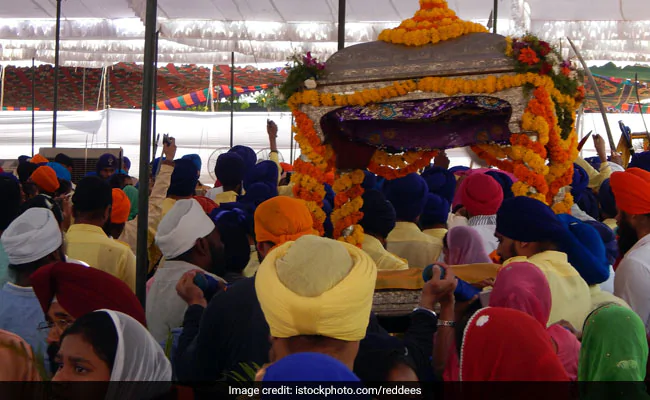 |
| Photo: NDTV |
History
Guru Gobind Singh was born to Guru Tegh Bahadur, the ninth Sikh guru. Guru Tegh Bahadur had fought to protect religious freedom. At the age of nine, Guru Gobind Singh became a guru after his father’s death. He stood against the Mughal Rulers and fought against injustice. In 1699, Guru Gobind Singh took five men from the lower caste of society and baptized them as His Five Beloveds, endowing them with great courage and devotion to God.
He established the Khalsa, at the Takht Sri Keshgarh Sahib near Anandpur, in Punjab. Under his guidance, Khalsa followed a strict moral code and spiritual discipline. Followers of Khalsa must abide by four rules:
- Not to disturb the natural growth of the hair
- No eating meat slaughtered in ‘halal’
- Not cohabiting with people from different castes
- No use of tobacco
Guru Gobind Singh initiated the Five K’s tradition of the Khalsa, the five articles of faith that Khalsa Sikhs wear at all times:
- Kesh: uncut hair
- Kangha: a wooden comb
- Kara: an iron or steel bracelet worn on the wrist
- Kirpan: a sword or dagger
- Kacchera: short breeches
He was known as a warrior, poet, and philosopher. His contributions to Sikhism include the tradition of wearing a turban at all times.
Guru Gobind Singh died on 7th October 7th from wounds inflicted by an assassin. Before his death in 1708, he declared the Guru Granth Sahib, which is Sikhism’s Holy Scripture to be the permanent Sikh Guru.
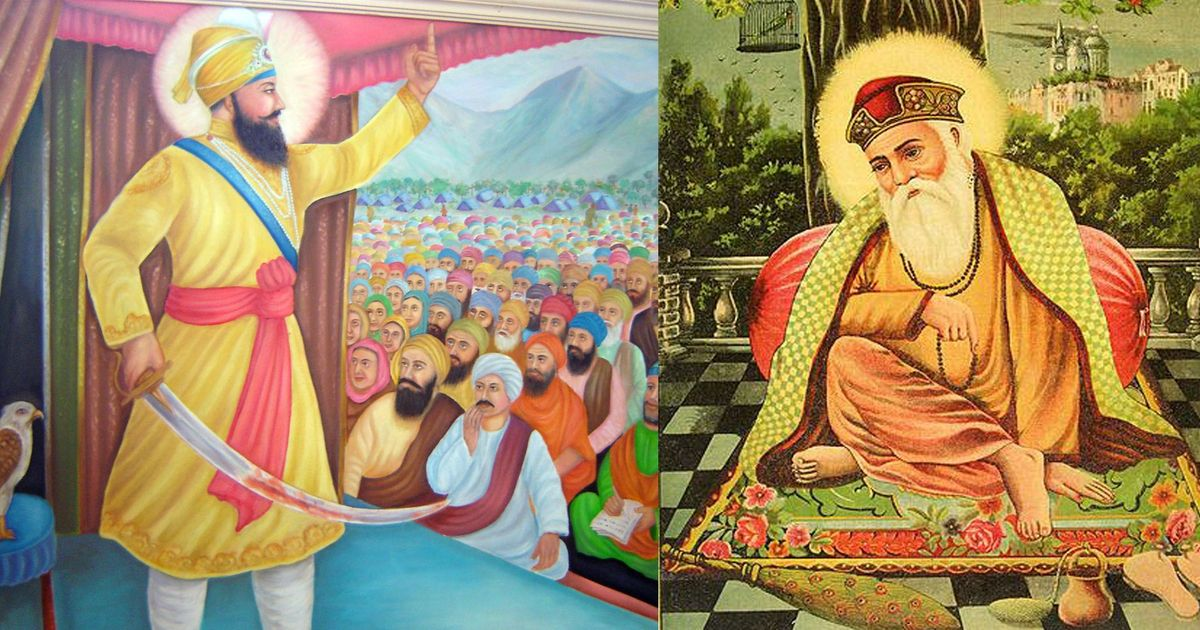 |
| Photo: Scroll. in |
Importance and Significance
The tenth guru Ji's teachings are believed to have a big impact on the Sikhs. It was in fact under his guidance and inspiration that the Khalsa followed a strict moral code and spiritual inclination. The warrior, spiritual master, writer, and philosopher, Guru Gobind Singh has also penned many literary works. In 1708, before his death, the tenth guru declared Sikhism's Holy Scripture, the Guru Granth Sahib as the permanent Sikh Guru.
Celebrations and Traditional Foods
People following Sikhism remember their tenth on Guru Gobind Singh Jayanti. At some places, processions are held and people sing devotional songs or listen to poetry written by their guru. During the procession, delicious sweets and cold drinks or sharbat are also shared among children and adults. Special prayer gatherings are also held at the Gurudwaras, which are lit and decorated on this special day, to remember Guru Gobind Singh and his teachings on his birthday.
Many special dishes are prepared on this day, which are unique to this festival. The Gurudwaras prepare food for people paying their respect on this day, irrespective of one's religion or caste. The devotees get together and recite the Guru Grantha Sahib before serving food to all. Local delicacies including a dish made of tamarind rice dish called Puligore, Holige- a sweet bread along with Ugadi Pachadi- sweet and sour chutney are prepared on this day.
The occasion of Guru Gobind Singh Jayanti is celebrated with grand fervor comprising bursting of crackers, lighting lamps, and diyas and also visiting the sacred Gurudwaras, according to Mpanchang.
Special prayers and processions are held on the eve of Guru Gobind Singh Jayanti and it is also well known as Prakash Utsav or Prakash Parv in many regions of India. Irrespective of the religion, caste, and creed, a huge amount of food is prepared for all the visitors in the Gurudwaras and is distributed as Langar. Reciting of Guru Granth Sahib is one of the most significant rituals which is performed on the day of this spiritual festival.
All the celebrations last for a period of three days as two days prior to the Jayanti, the priest (Granthi) starts with the reciting of sacred Guru Granth Sahib. This ritual is known as performing the Akhand Path and this is observed at all the Gurdwara. The procession takes place a day prior to the actual celebrations and it is followed by dancers and musicians and led by the Panj Pyares. Devotees chant devotional songs at the time of procession and also distribute sharbat or cold drink and sweets to the people. Poems and historical lectures are also narrated on this particular eve in order to worship and praise the Guru. During the early morning, Asa di Var (morning hymns) are recited which is then followed by the reading of Guru Granth Sahib.
Where is the best place to view Gurudwaras
On this eve large processions are carried out on the streets. People sing devotional songs dedicated to the Guru during the procession. They share sweets, drinks and Prasad among the general public. The festival is celebrated by bursting crackers, lighting diyas and lamps in people’s houses and Gurudwaras around by most Sikhs, Rgyan noted.
The Gurudwaras are the best place to view as they appear all lit up. On this day the Gurudwaras organised processions and special prayers. The gurus chant historical lectures and poems for the followers which praise the contributions of Guru Govind Singh. The prasad of Ugadi/Gudi Padwa is the bitter leaves of the neem tree with jaggery.
During this day, local delicacies like Puligore (tamarind rice dish) and Holige, which is sweet bread accompanied by Ugadi Pachadi (sweet and sour chutney made of neem flowers, raw mango, tamarind and type of sugar jiggery), are made and shared to everyone you know in abundance. There are special foods prepared for this festival. Prakash Utsav is another name for this festival. The Gurudwara prepares food for all the visitors, irrespective of their religion, caste or creed. This is called Langar where many people are provided food for free. Before serving the food, all the Sikhs get together and recite the Guru Grantha Sahib. Special gatherings for prayer are also held at the worship place - Gurudwara.
Amritsar which has the major population of Sikhs witnesses the most pompous festivity on this day. Hundreds of thousands of devotees and pilgrims throng Amritsar's, Golden Temple. In northern India, tourists prefer visiting the Golden Temple as a major attraction.
8 fascinating facts about the tenth Sikh guru:1. A leader among us Gobind Rai, who would later be named Guru Gobind Singh, was born to the ninth Guru of Sikhism, Guru Teg Bahadur and Mata Gujri at Patna Sahib or Takht Sri Patna Sahib (now in Patna). 2. Son of a martyr He was only nine when he became the Tenth Sikh Guru. He ascended after his father Guru Teg Bahadur accepted martyrdom in the hands of Mughal Emperor Aurangzeb to protect the Kashmiri Hindus, said Indiatoday. 3. Scholar and warrior As a child, Guru Gobind Singh learned many languages including Sanskrit, Urdu, Hindi, Braj, Gurmukhi, and Persian. He also learned martial arts to become adept in combat. 4. To the hills Guru Gobindji's hometown was the city of Anandpur Sahib in the present Rupnagar district in Punjab. He left the town due to a scuffle with Bhim Chand and proceeded to Nahan, a place in the hills of Himachal Pradesh, following an invitation of Mat Prakash, the king of Sirmur.
5. Preaching in hills From Nahan, Guru Gobind Singh proceeded to Paonta, a town beside the river Yamuna in South Sirmur, Himachal Pradesh. There, he founded the Paonta Sahib Gurudwara and preached about the Sikh principles. Paonta Sahib remains an important pilgrim site for Sikhs. Guru Gobindji also wrote texts and had a substantial number of followers within three years, the time he spent there. 6. A fighter In September 1688, at the age of 19, Guru Gobind Singh fought the Battle of Bhangani against an allied force of Bhim Chand, Garwal king Fateh Khan and other local kings of the Sivalik Hills. The battle lasted for a day and thousands of lives were lost. The Guru came out victorious. A description of the battle can be found in Bichitra Natak or Bachittar Natak, a part of the Dasham Granth, which is a religious text attributed to Guru Gobind Singh. 7. Return home In November 1688, Guru Gobind returned to Anandpur, which became known as Chak Nanaki, agreeing upon an invitation from the dowager queen of Bilaspur. 8. Founder of Khalsa On March 30 in 1699, Guru Gobind Singh gathered his followers to his home in Anandpur. He asked for a volunteer to sacrifice his head for his brothers. Daya Ram offered his head and the Guru took him inside a tent and later emerged with a bloody sword. He again asked for a volunteer and repeated the feat. This went on three more times. At last, Guru emerged from the tent with the five volunteers, and five headless goats were found in the tent. These five Sikh volunteers were named Panj Pyaare or 'five beloved ones' by the Guru. The five volunteers were Daya Ram, also known as Bhai Daya Singh; Dharam Das, also known as Bhai Dharam Singh; Himmat Rai, also known as Bhai Himmat Singh; Mohkam Chand, also known as Bhai Mohkam Singh; and Sahib Chand, also known as Bhai Sahib Singh. They were the first Sikhs. |
For more information about schedule of most popular festivals in India, please click here!
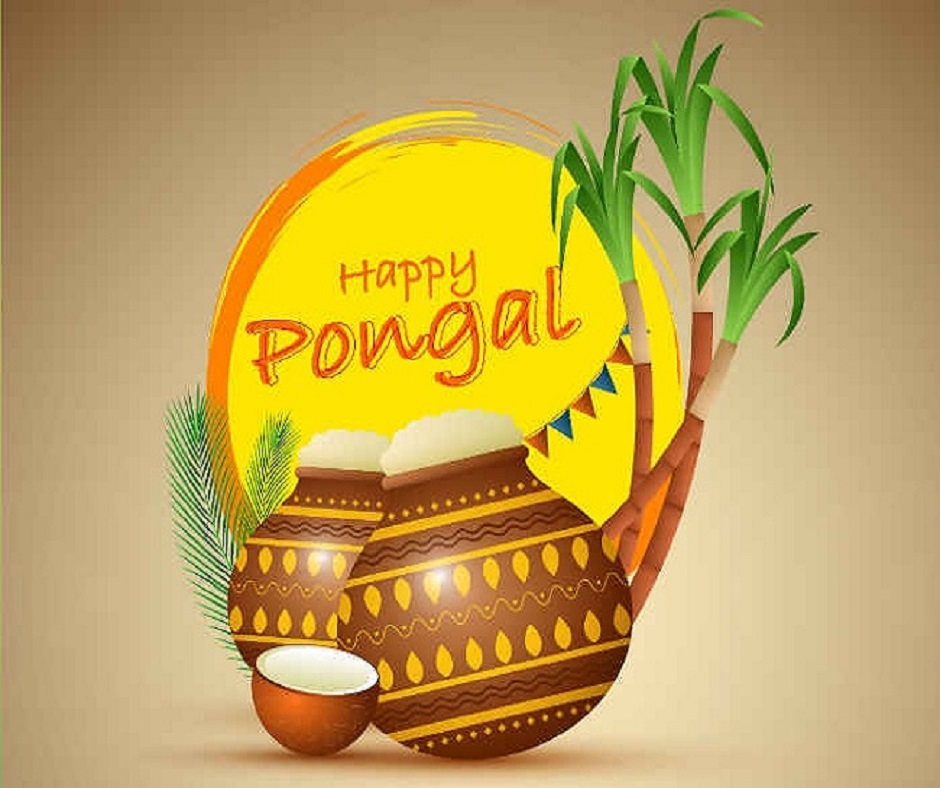 Pongal Day 2021: Customs and Rituals of Four Pongal Day Pongal Day 2021: Customs and Rituals of Four Pongal Day Pongal, a four-day harvest festival, serves as an occasion for farmers in Tamil Nadu (Southern India) to express their gratitude to the Sun God and ... |
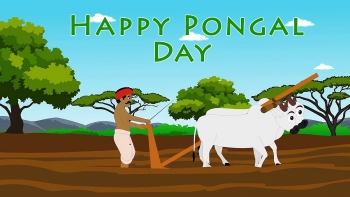 Pongal Day 2021: Best Wishes, Great Quotes, Messages - SMS and Greeting Pongal Day 2021: Best Wishes, Great Quotes, Messages - SMS and Greeting Pongal Day is known as harvest-celebrated festival in South India. The word 'pongal' refers to the dish of sweet rice prepared on this occasion. On ... |
 Pongal Day 2021: History, Meaning, Date and time, How to celebrate? Pongal Day 2021: History, Meaning, Date and time, How to celebrate? Four-day festival Pongal Day is known as an important event for people across Southern India to celebrate the harvest. It is annually celebrated from January ... |
 Lohri day: History, Why it is celebrated & Facts of little known Lohri day: History, Why it is celebrated & Facts of little known Celebrated on January 13 every year, the Lohri festival holds a special significance for Hindu community. |
 Chinese Zodiac Time - Hours a Day Chinese Zodiac Time - Hours a Day In ancient China, people divides each 24-hour day into 12 two-hour periods.s, each equaling to the present 2 hours. They also gave each time period ... |

